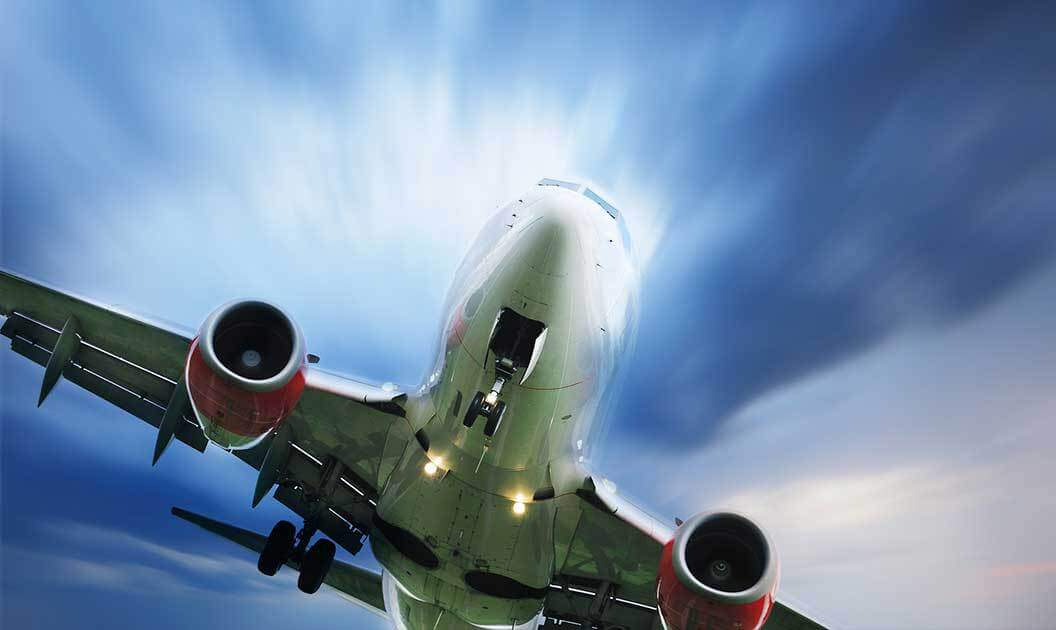
The air freight forwarding process is designed to manage the movement of valuable cargo across international borders. When moving valuable freight across significant distances, air freight forwarders have the means and expertise to make it happen. From necessary documents to the final destination, you can learn the basic process from start to finish.
The International Air Transport Association (IATA) is an airline trade group influencing air cargo management and handling. IATA has developed a Master Operating Plan that outlines the steps and sub-routines necessary to complete the air freight forwarding process from start to finish across hundreds of different carriers.
Learn the steps involved in air freight forwarding to better streamline your business practices for international shipping efficiency.

The trucking and ocean freight industries have policies that date back to the time of horse-drawn carriages and sailing ships. On the other hand, the airline industry didn’t exist as a commercial enterprise until after World War I.
An airplane big enough for shipping cargo wasn’t even developed until the value of superior aircraft became obvious. This means that safety standards for pilots, cargo, mechanical systems, and other aspects of aviation were developed alongside the technology at a crucial time.
The practice is likely why passenger and cargo air carriers are some of the safest in the world. IATA has roots in the aviation safety industry that date back to 1919. Since 1945 it has been specifically geared towards creating common standards across all airlines.
From this, the Master Operating Plan (MOP) was born and continues to evolve. A the moment, the operations within the MOP can be broken down into five related processes.
The most detailed parts of the process involve steps No. 2 through No. 4 when goods are moving. Depending on the reach of the air freight forwarder, multiple companies can be involved from start to finish. The role of the air freight forwarder is to bring them all together.
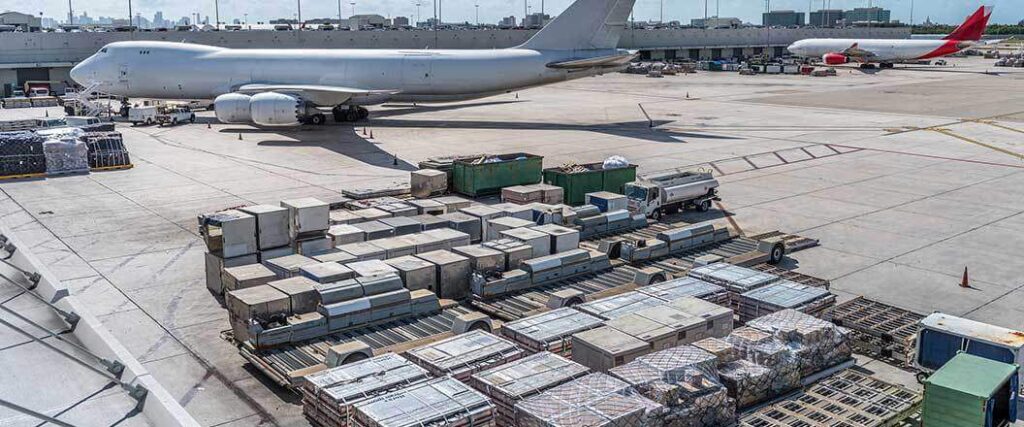
The MOP steps for cargo handling adjust slightly to account for different types of cargo. Unique import and export regulations of individual nations might also cause slight changes. At each step, air freight forwarders work with companies to ensure each one involved follows IATA’s Safety Risk Management Framework.
The standard steps of the MOP include:
We’ll explore each of these steps in more depth and see where you can have the greatest impact.
Once you’ve decided to transport your goods with an air carrier, the freight forwarding process begins. The forwarder needs to be able to track the package from its initial shipment to arrival with the consignee. It’s crucial that the information provided upfront be complete and accurate.
Information that should be submitted to the forwarder at the start of the process includes:
You need to provide most of this information before an air freight forwarder can provide you with shipping estimates.
When the forwarder gets back to you with an acceptable plan, you fill out and sign an official Power of Attorney (POA). This contract allows the freight forwarder to work on your behalf when organizing shipping and transportation details.
Only after the forwarder has the POA can a final price be negotiated. Due to airline fees, costs related to specific cargo needs, and even local economics, final pricing can differ from initial estimates.
With a POA, the air freight forwarding process can continue so your goods keep moving along the supply chain. Your forwarder may need to make local ground transport arrangements to get to the airport. This could happen if your goods are in a local warehouse or distribution center.
Once details such as type, weight, and quantity have been confirmed, the loading process can officially begin.
Space is much more limited on a cargo plane versus a container ship, so proper packing is crucial. Airlines use specially designed storage units known as Unit Load Devices (ULDs). These ULDs are the air cargo industry’s version of shipping containers and skids. They are specially designed to be a removable part of the actual aircraft.
Once secured within the craft, they actually help protect internal systems and the structure of the plane just as much as they protect your cargo.
There are four main types of freight packing and ULDs used for air cargo.
Your freight forwarder is likely to offer palletizing and consolidation services that allow your load to conform to these standards. Storage requirements for specific commodities are outlined in IATA’s Cargo Handling Manual to ensure standard treatment across all airlines.
Once at the airport, all pallets and containers undergo security screenings. This can include:
When the carrier officially accepts the cargo it’s now entered into a contract of carriage. Confirmation paperwork is issued to the forwarder after all the details check out. Then you are provided with the needed tracking documents.
Freight forwarders with export and import certification are going to make the process a little bit easier. They have awareness of the system details on both sides of the equation and are more familiar with possible hang-ups.

When cargo is only being transferred from one plane to the next, transfer documents are submitted by the forwarder. It should also be evident on the air waybill you receive from the forwarding company.
A transfer is more likely to happen if you need to transport something in or out of a remote area. Your shipment may need to be moved to a bigger or smaller plane. At times, this will also require some repackaging. There will be a record of an additional stop, but usually no additional paperwork beyond a transfer notice.
Once your air freight has reached the final destination airport, the MOP involves local carriers once again. Planes need to be unloaded according to IATA’s Cargo Handling Manual to keep safety a priority.
Unfortunately, there may be some circumstances when your goods cannot be unloaded. Sometimes, it’s just a matter of mismatching information.
Let’s say your package had to change planes, but not to the one that was originally scheduled. If the transfer paperwork doesn’t reflect the new change, the discrepancy in the information might cause the package to get shipped back out.
Planes have a much tighter turnaround time when compared to other forms of transport – especially ships. It makes it more likely for something to just end up on a return flight if it doesn’t get unloaded.
Read our article on air cargo statistics to learn more about the details of this shipping method.
At this stage, the delivery is no longer the responsibility of the airline carrier. What happens next will depend on the reach of your freight forwarding company. They may be limited to a forwarding hub, or small warehouse, located on or near airport property.
While it provides ease of access for the forwarder, you may want the shipment to go a little further.
You have two choices:
or
With the second option, you don’t need to have contact with the product or the arrangements after the initial sign-off when the goods leave the country of origin. You can relax until the freight forwarder provides you with proof of delivery and closes the circle.
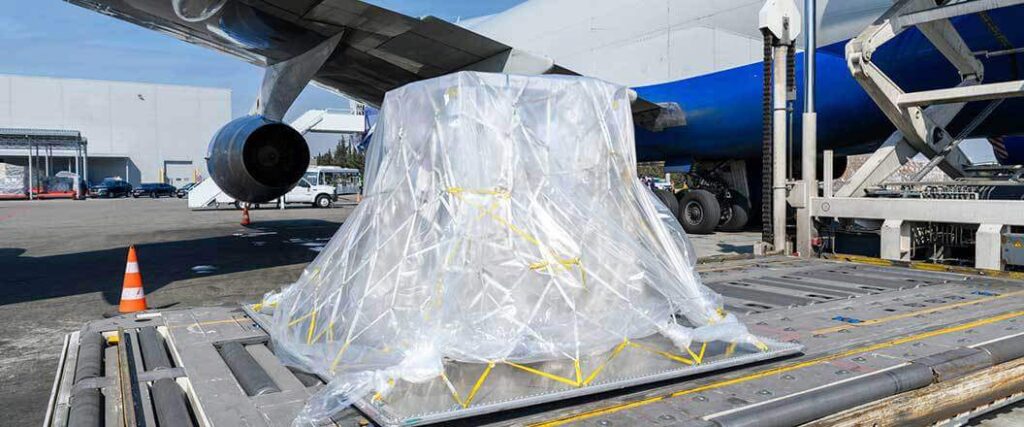
All international shipping requires significant amounts of paperwork. The shipping documents are only part of the process. There are documents specific to certain commodities, import and export customs clearance, and more.
The basic documents required for the air freight forwarding process include:
These documents all relate to getting the product out of the country of origin. A freight forwarder may request additional information for the customs clearance process further down the line.
When it comes to cargo insurance, it’s important to have a clear understanding of the extent of the coverage and where it is effective. Damage to air cargo in transit is actually fairly rare, but packages can shift with turbulence.
Shipments are still prone to the same risks as truckload or container shipments during the land transfer process. In short, you want to make sure you are covered for the full value of your products. Relying on a liability-only insurance policy from the carrier or forwarding service does more to protect them and not you.
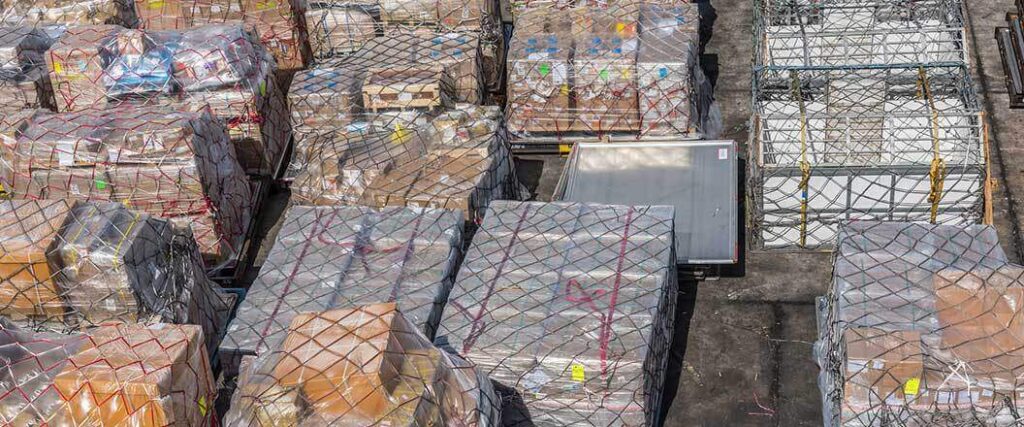
As a shipper, your main point of contact in the air cargo process is the air freight forwarder. Their role evolved because of the various groups that make up international shipping.
If you were to pass on the use of an air freight forwarder, you would need to work with a combination of the following organizations:
At the end of the process, those are several different organizations to keep track of. For people who also feel the need to handle their own customs paperwork rather than going through a broker, you could add another three or four groups to the list.
It’s not impossible to organize your own shipments, but if you need urgent shipping or have plans to schedule regular shipments, a forwarder is a must. Otherwise, you may spend your day playing freight forwarder rather than running your business. Long term, outsourcing is a better deal.
Want to know more about freight forwarding in logistics? Read our article to learn more.
A plane that’s too heavy isn’t going to get off the ground. Even the biggest cargo planes can only carry a fraction of what a container ship does. Therefore, weight plays a large role in your pricing.
Chargeable weight in air freight forwarding comes from the gross weight or volumetric weight of the cargo and is listed on your invoice.
The carrier will measure your shipment by gross weight and volumetric weight. The pay rate is chosen based on which measurement comes back at the greatest value according to their calculation formula.
Cargo airlines have three different categories to determine a shipment’s weight. Your rate is based on two of those measurements.
Each of these categories represents an actual calculated weight. Different calculations are used in an attempt to find a fair balance between a package that may be dimensionally large but lightweight, and/or very heavy, but with small dimensions.
The chargeable weight is whichever weight the airline has elected to use as the basis for your fee. Airlines do not operate on a one-size-fits-all charging policy. This is yet another reason for shippers to use an air freight forwarder to check rates and related costs.
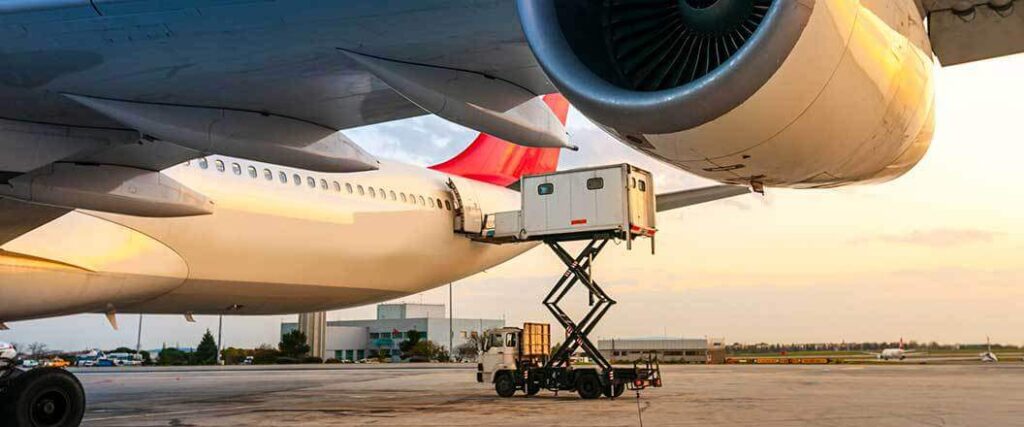
Air freight logistics can include everything from commercial airliners to ad-hoc and private charter planes that will go wherever you contract them to go.
As demand for air cargo services increases, all airlines are seizing opportunities to improve revenue streams. After experiencing a dip in demand at the height of the Covid 19 pandemic, airlines are now on track to move more tons of metric freight than ever before.
| Year | Metric Tons of Freight (in millions) |
| 2018 | 63.5 |
| 2019 | 61.5 |
| 2020 | 56.1 |
| 2021 | 66.2 |
| 2022 | 69.3 |
Although 2022 has yet to close out, current projections have airlines finishing the year with almost 70 metric tons of freight transported by air. It’s a remarkable recovery and growth for a market that had dipped to just 56.1 metric tons during the pandemic.
Not only has the volume recovered, but it’s actually above pre-pandemic levels. Airplanes are unlikely to ever carry the massive quantities of cargo that ships can, but growth is almost guaranteed.

Becoming familiar with the air freight forwarding process is one thing, but being able to follow it through from start to finish is a hassle. USA Freight Forwarding Services is here to help you ship your products from anywhere in the world.
We’ll help you book cargo space, negotiate rates, and make sure that all documents are in order before your merchandise moves an inch.
We offer a variety of freight forwarding services aimed at helping you ship your goods with ease. No matter what type of freight you’re shipping, we can offer the following services:
Do the best for your business and choose the experts at USA Freight Forwarding Services today. Give us a call at (866) 941-8081 or request a services quote online now.